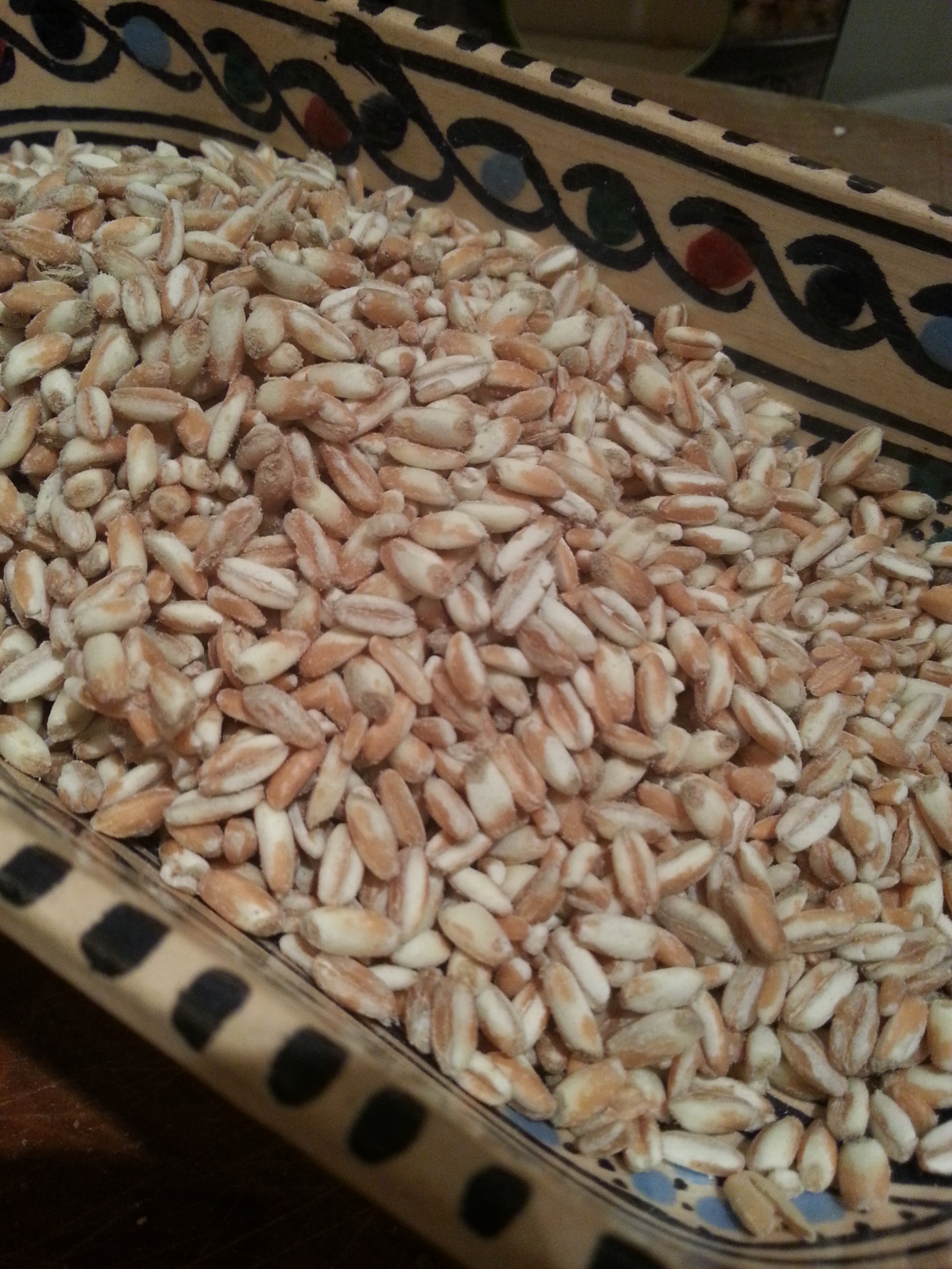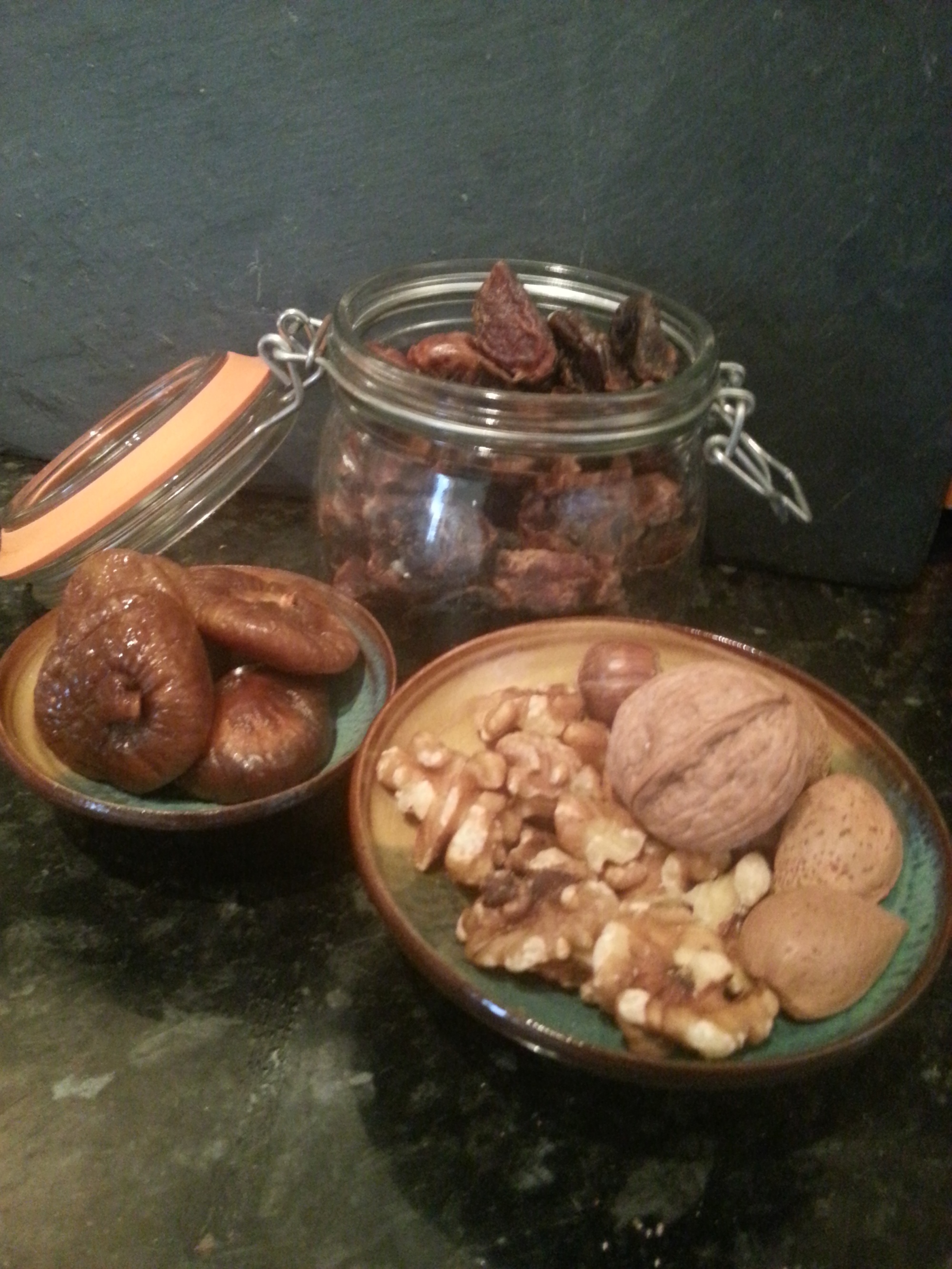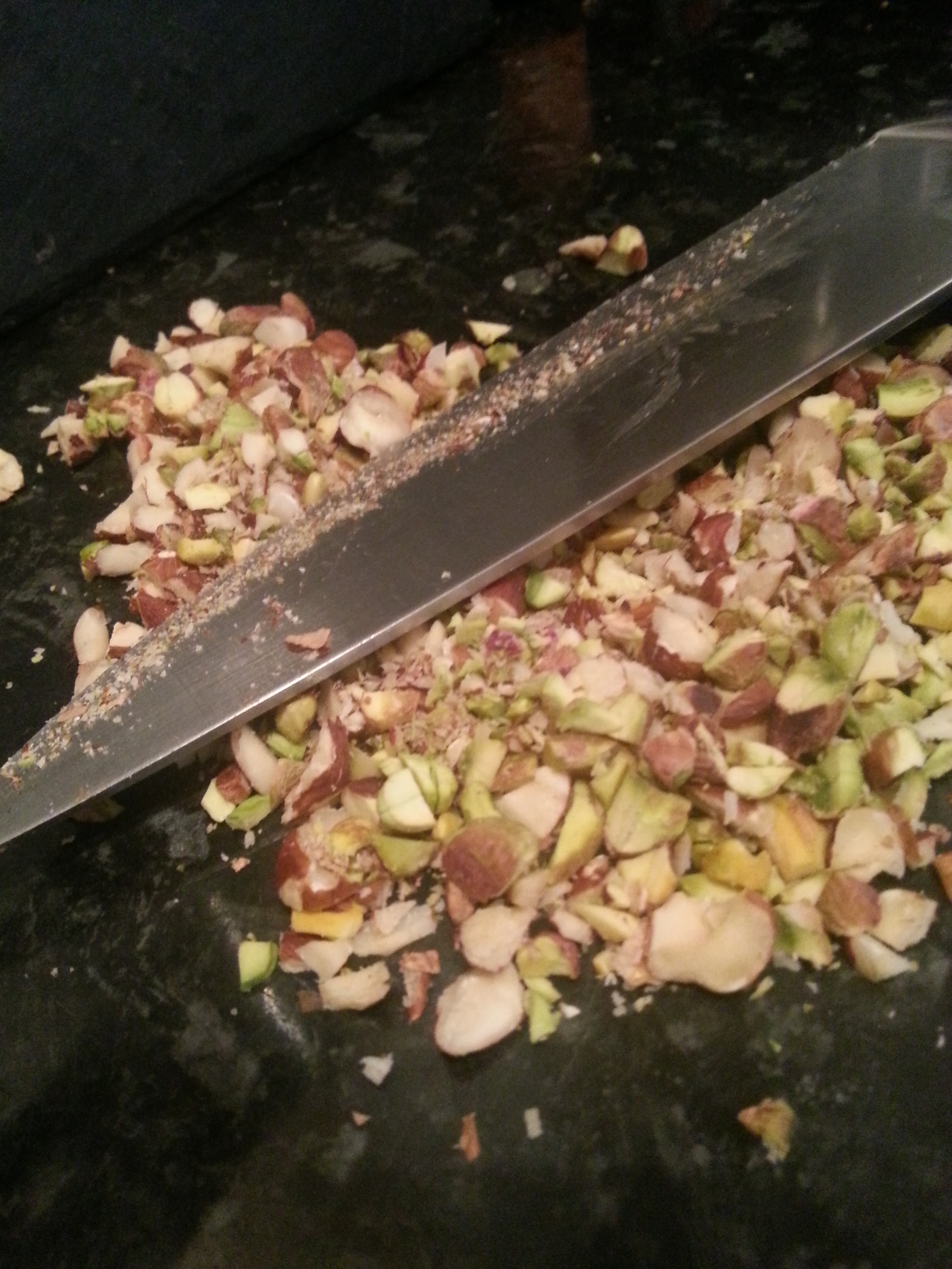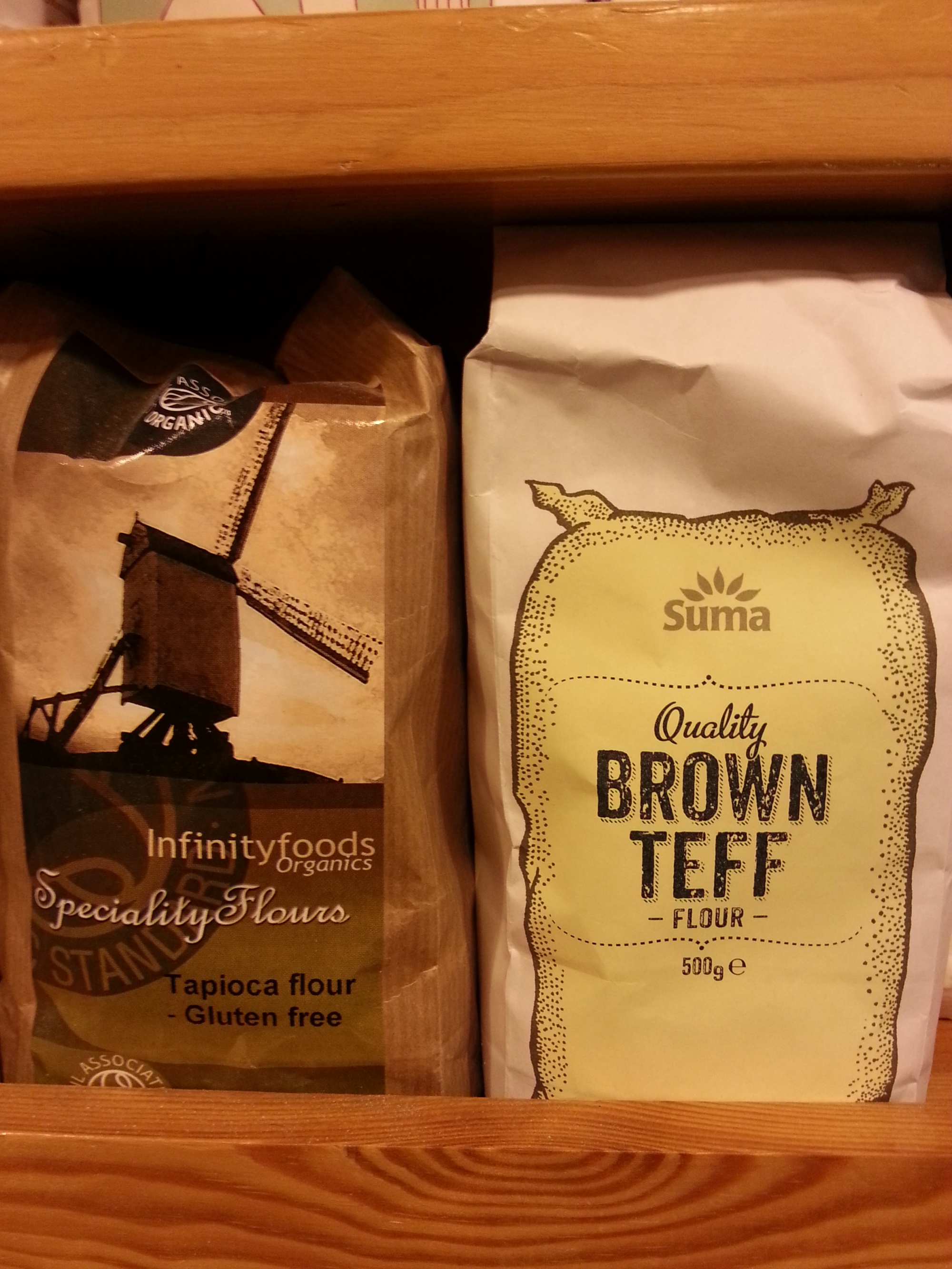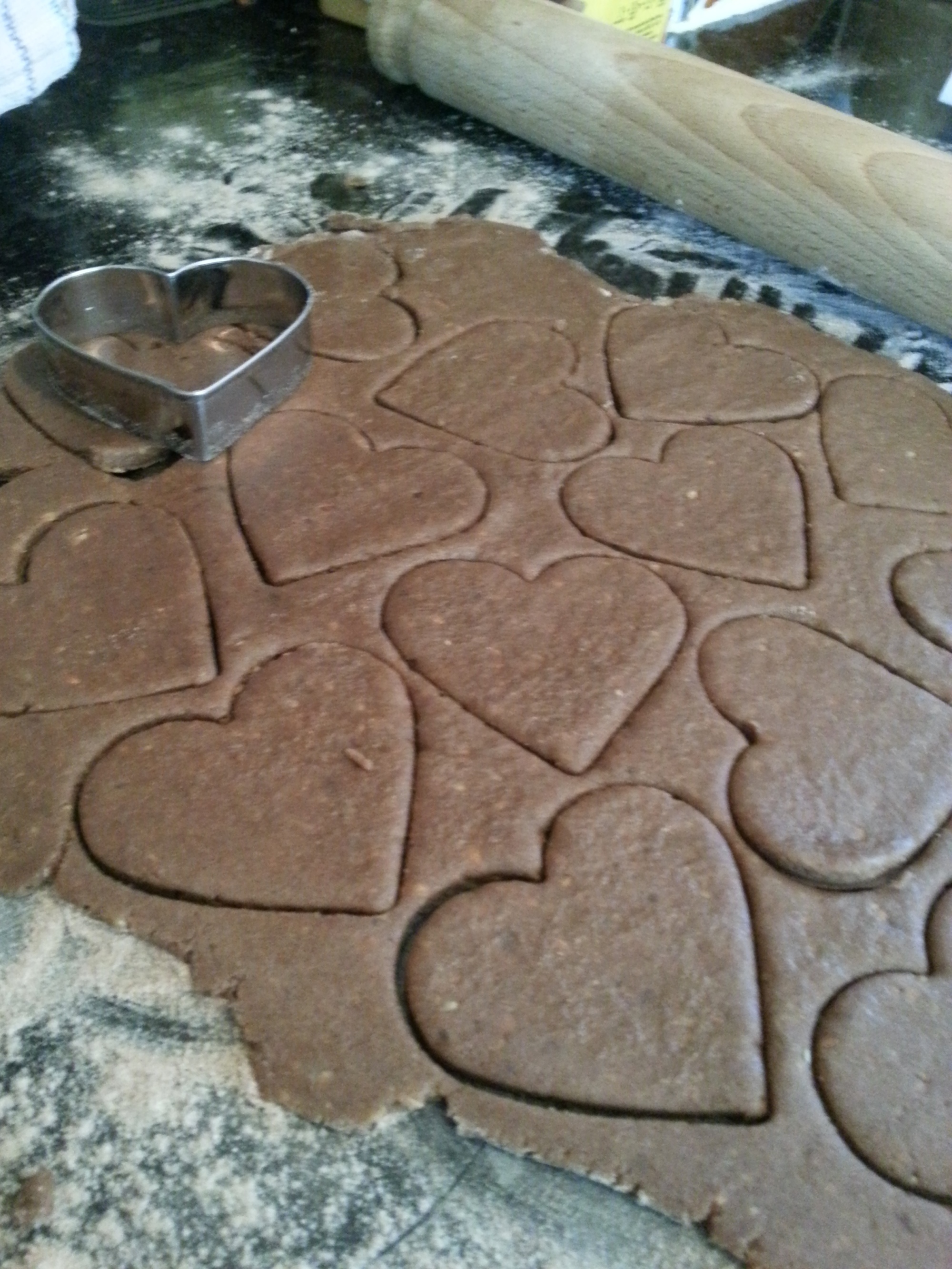I have been preoccupied with ancient grains since writing our post on Ethiopian grain Teff last November. Our healthy eating series in the new year included Noah’s Pudding and today we revisit that recipe’s main ingredient, spelt.
A member of the farro family and descendent of ancient wheat Emmer, Spelt has formed a staple part of the human diet since the Bronze Age when it spread through central Europe. In the Iron Age spelt became the main wheat species in southern Germany and Switzerland, finally landing in Southern Britain around 500 BC. It continued to be popular until 1786 when Scottish engineer Andrew Meikle invented the threshing machine. Sadly the tougher husk of the spelt could not be removed by this new work saving device and it gradually fell out of favour.
200 years on and spelt was adopted by the organic food movement as it requires fewer fertilizers, although lower yield and a lengthier preparation process make it a pricier alternative for consumers. With a lower G.I. rating, higher levels of phenolic compounds and decent amounts of sulphur, potassium, niacin, B6 and beta-carotene – it is now being hailed as the latest ‘superfood’ and takes centre stage in a recent trend for heritage ingredients.
Spelt has a flavour reminiscent of peanut butter and a wonderfully crumbly texture. Classically matched with honey it sits perfectly alongside oranges, walnuts, hazelnuts and the darkest of dark chocolate. I have combined it with a standard white flour to lend a lighter quality. This recipe makes around 12 rock cakes ideal for an afternoon tea break.
Ingredients
- 220g white self raising flour
- 110g wholemeal spelt flour
- 1/2 tsp baking powder
- 150g butter
- 120g chopped dates
- 1 orange
- 3 tbsp honey
- 1 egg
- 3-4 tbsp milk
Method
- Preheat oven to 200C. Grease/line a baking tray.
- Combine the two flours and baking powder. Rub in the butter to fine breadcrumb texture. Stir in dates and the zest of your orange.
- In a large jug whisk 1tbsp of juice from the orange with the honey, egg and 3 tbsp of milk. Add to the dry ingredients and mix to a stiff dough. Use a little more milk if necessary.
- Pull of small, golf ball size pieces and space out on the tray. Bake for 20 – 25 minutes until golden brown and cooked through. Will keep for up to a week in a tin.














